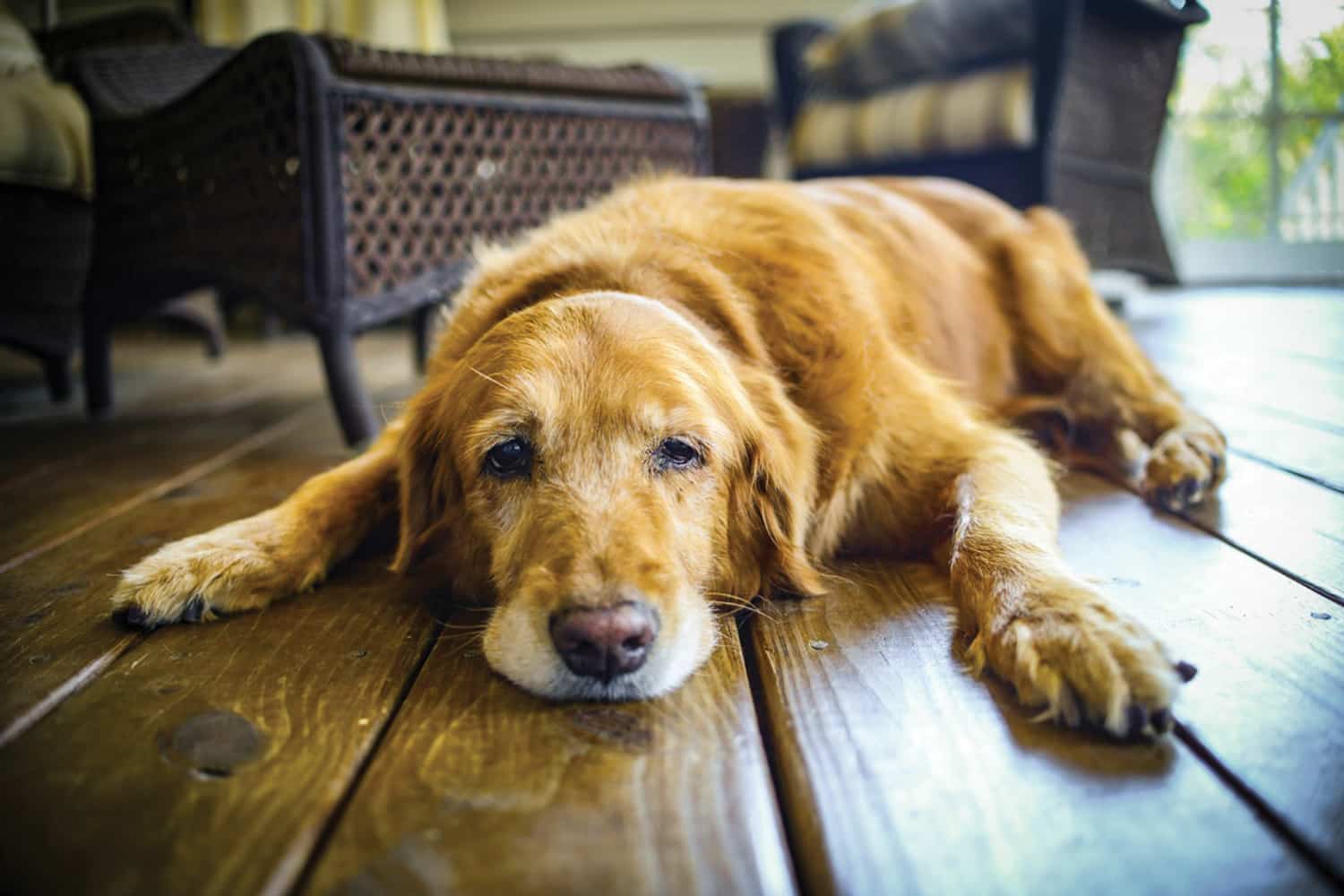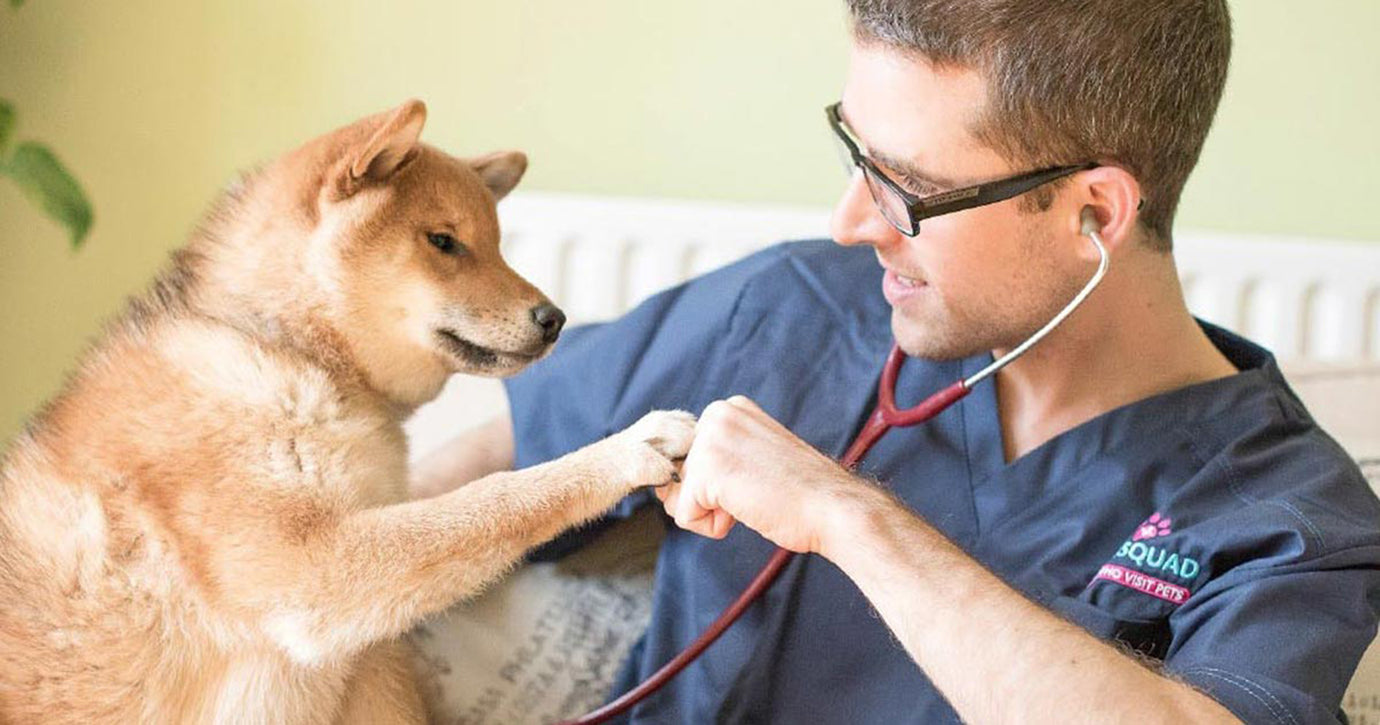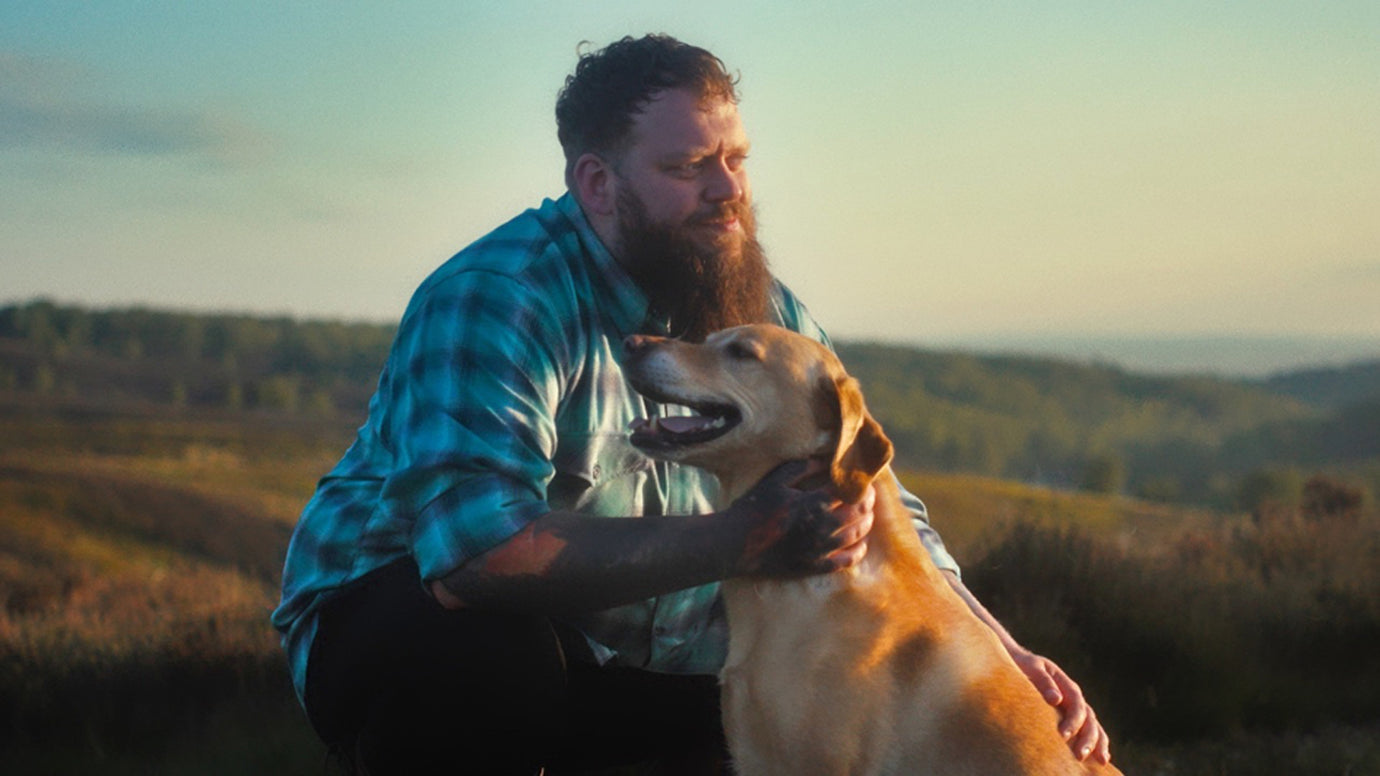Caring for your elderly pet - how to modify your home as they age

As your pet ages, they need more support from us. Elderly pets have a higher risk of arthritis and joint problems, weakness, heart disease, kidney disease, senility and dental problems, so they need extra assistance around the house as their bodies change. Just as elderly humans benefit from simple home modifications that offset the difficulties of aging, so do our furry family members.
How old is ‘old’?
You may be wondering how you know when your pet is old enough to need extra care. It is common to not know the exact age of your cat or dog, especially if you adopted them. Generally, a cat or dog is considered elderly when they reach six or seven years of age. For dogs, however, size factors into age because larger dogs have shorter life spans. For example, a dog weighing between one and 50 pounds is the human equivalent of about 45 years old at seven years, whereas a dog weighing above 50 pounds is the human equivalent of about 55 years old at seven years. Cats tend to have longer lifespans than dogs, so depending upon weight and breed, some cats may not be considered elderly until they reach 10 or 11 years of age.
If you have no idea how old your pet is, it would be beneficial to visit your veterinarian and have them examine your pet’s teeth to give you a rough estimate on their age. Signs of aging to look out for in dogs include:
• greying hair around the muzzle and eyes
• less energy
• lower caloric requirements from food
• calluses on their elbows
• brittle nails
• thickened paw pads
• dental issues
• urinary incontinence
• prostate enlargement
• symptoms of cognitive dysfunctionA lot of the signs of aging in cats look similar to those of dogs, but cats require more calories as they age rather than fewer, their vision problems are worse than those of aging dogs, and they deal with stress more poorly than aging dogs. If you are unaware of your animal’s age and have not yet asked your veterinarian, be on the lookout for these external signs of aging.
Height and mobility
As your pet ages, it may become more difficult for them to lower their neck to eat food or drink water. You may invest in a new raised platform, but it is simpler to use something around the house, such as a shoebox, to elevate the food and water bowls your animal already uses. It is also a good idea to provide several locations with access to fresh, clean water due to your pet’s decreased mobility, increased dehydration and increased risk of kidney dysfunction. Food bowls for cats should be placed away from cat flaps, glass windows that reach the floor, and their litter boxes. They should also be placed in a location where your cat can approach from any direction and not be forced to have their back exposed to other animals in the household.
For older cats, arthritis and shrinking kidneys contribute to issues using their litter boxes. They may not be able to get in and out of their litter box or they may not be able to squat down to relieve themselves, instead spraying on and over the sides of the box. There are litter boxes on the market with lower openings designed for older cats, but you can also use a storage bin with an entry way cut out in the front. This way, the sides of the box will be higher and better prevent accidents. If you have multiple cats in your household, you should have one litter box for each cat, plus an extra. They should be spread out, as cats are territorial and may try to prevent their housemates from having access to litter boxes. Arthritis is a common problem in dogs as well. In fact, over 60 percent of dogs over the age of seven have developed arthritis. Arthritis, as well as other joint issues, can cause your canine pain, limping and difficulty getting up or climbing stairs. An easy home modification to enable easier mobility for your companion is to buy or build a ramp or shallow stairs. A ramp or stairs allows your animal the same freedom and access to couches, beds and cars that they had when they were younger. Cats particularly love to sit in windowsills and look outdoors. A ramp to their favourite lookout spot would be an excellent idea.
Keep the weight in mind when purchasing or constructing this modification, as you may need to move it around for your animal. You can make a ramp out of plywood if it is a more permanent fixture, but if you are seeking portability, try crafting this one out of Styrofoam.
An easy modification you can make to your stairs, if you have some in your home, is to install anti-slip treads made from carpet or rubber. If your dog can no longer make it up the stairs at all, place their dog bed in a warm spot downstairs so that they have no need to be anywhere other than the first floor of your home. Placing a bed downstairs is also an easy modification for felines who are no longer able to climb the stairs.
Adjusting for behavioural changes
Urinary incontinence is when your animal companion cannot control a flow of urine from being released. It occurs in both elderly cats and dogs, albeit for different physiological reasons. Incontinence can create a lot of mess and odour, but there are some home modifications to circumvent the worst of it.
If you have the financial ability to alter the flooring of your home, try installing ceramic tile or carpet tiles designed for pet incontinence. Avoid both carpet, because it is more difficult to clean deeply, and natural stone tile as it stains easily. If you are unable to alter your flooring or already have hard flooring that is easy to clean, invest in non-slip rugs, carpet runners, or even yoga mats for better traction for your pet. Seek out materials that are easy to wash and do not absorb stains and odours quickly.
Another home modification for urinary incontinence is a doggy door or dog flap. These can provide the freedom for your canine to urinate outside as they need. You will want to install the door in a low area to provide ease of access for any mobility issues. Some dog flaps have magnets to adhere the flap to the door, but the magnets can make it more difficult for your elderly animal to push the door open. You also have the option of a magnetic door that operates in tandem with your pet’s collar. When they go to enter or exit your home, the door senses their presence and opens automatically for them.
As we’ve already learned, elderly animals suffer from arthritis and joint pain. Aging in your pets also causes nerve degeneration, muscle weakness and cognitive decline, which all contribute to the inability to move around as efficiently as younger animals. We have already discussed the need for ramps or special stairs, but your pet might also need special bedding. If your dog displays any of the behavioural symptoms of joint problems, an orthopaedic bed is specifically designed for their needs. Orthopaedic beds often offer special features which work in conjunction with your dog’s other physical needs, such as being made of memory foam as well as liquid and stain-resistant fabric. Smaller dogs should sleep in a bed relative to their size because they get cold more easily and may feel insecure in a larger bed. If you have a dog flap installed, place the dog bed near the door for easy access to the bathroom.
If your pet is an older cat, place their bed within the vicinity of their litter box, but not too close to it. Place their ramp near their favourite sleeping spot so they have easy access - they will still want to sleep in a high corner if that’s where they’re used to turning in each night. Cats also enjoy cave-style beds just like their ancestors. If it is more difficult for your feline to reach their favourite slumber spot, consider making a cocoon-like bed in a corner under a table in a spot that is difficult for other cats to reach them.
Physiological health
Older animals have more difficulty regulating their body temperature, so they are more sensitive to temperature changes and temperature that varies significantly from their own body temperature. Set your thermostat between 78 and 80 degrees and pay attention to your animal’s specific behaviour. If they hang out by a fan or the heater, they may need an adjustment outside of the 78- to 80-degree range. Both cats and dogs have slightly higher resting body temperatures than humans, so when it is colder outside make sure they have a blanket in their bed and an area to sleep in the sunlight during the day. Also be sure to dress your dog in booties and a sweater when taking them outside to potty, because extreme changes in temperature increase risk of illness.
Mental health
There are also some simple home modifications you can make to improve your animal’s mental health. Elderly pets have a reduced capacity to handle stress and are more likely to feel anxiety in response to change and other stressful situations. This can be due to their bodies’ decreased production of adrenal hormones or the amount of other health issues they may have due to their age.
There are several key ways of identifying signs of anxiety in your dog:
• increased panting
• trembling
• sleep issues or restlessness
• loss of appetite
• separation anxiety, even when you’re at home with them
• loss of bladder control (which is more severe than bladder incontinence)
• disinterest or lethargy
• significant barking or whining when left aloneDogs are creatures of habit, so keeping their routine consistent will help mitigate anxiety. This goes for cats as well. As cats age, anxiety can be caused by disorientation and confusion, so a regular daily routine and consistent placement of your cat’s litter box, bed, and food is important.
Increased sensitivity to sound is stressful for older animals as well. Keep a white noise machine or background music playing in your home to prevent this source of stress. Breaking up their day with exercise and play is also essential to keeping your pet mentally healthy. Have a play corner in your home where you keep all of your cat or dog’s toys and be sure to regularly engage with them here. Regular play time in old age can keep your pet physically stimulated as well as mentally, fighting against anxiety and cognitive decline.
Finally, be sure to have a space in your home where pet sitters can stay so that if you need to leave your canine companion for an extended amount of time, they can remain in their home where they feel most comfortable.
Improved quality of life
These home modifications are not just home modifications to your pet. They can improve your animal companion’s entire quality of life and increase their lifespan. It is important to pay close attention to your pet’s behaviour to detect signs of aging early on in order to ease their transition into a slower way of life. As pet owners, we are the centre of our pet’s lives, and because they see us as their parents, we are the closest relationship bond they will ever have. Even though they are only one part of our lives, they improve our relationships with other people, stress levels and mood, as well as our cholesterol and triglyceride levels - and they deserve to live out their lives with security, comfort and love.
Easy home modifications for painful petsPets experiencing pain may need adaptations in their environment. Depending on the reason for your pet’s pain, it may help to make changes in their environment to make your home more comfortable for them. Consider these changes to ease their way:
• Consider carrying small dogs up and down stairs.
• Block stairways as necessary.
• Use area rugs to protect pets from slipping and sliding on hardwood floors or tiles.
• Raise food and water dishes so the pet doesn’t need to reach down to eat and drink. This can be done with speciality dishes or by simply placing a crate underneath existing dishes to reach the desired height.
• Modify your living spaces to spend time with the pet. For example, if you usually watch TV downstairs but it’s too difficult for the pet to manage the steps, consider carrying the pet or choosing a different room for family time to enjoy time with your furred family member.
• Put their conveniences at their level. As cats grow older, you may need to place food and water dishes on the floor rather than a counter. If this poses a problem for other pets, such as dogs that like to graze in the cat’s food, consider baby gates, cat doors, and other modifications to provide a safe spot for the cat to take care of business.
• Use ramps as necessary. These can be convenient for pets who need help to get in and out of the car or to climb up on acceptable furniture, such as a couch or bed, depending on your preference.
(Article source: Redfin)




